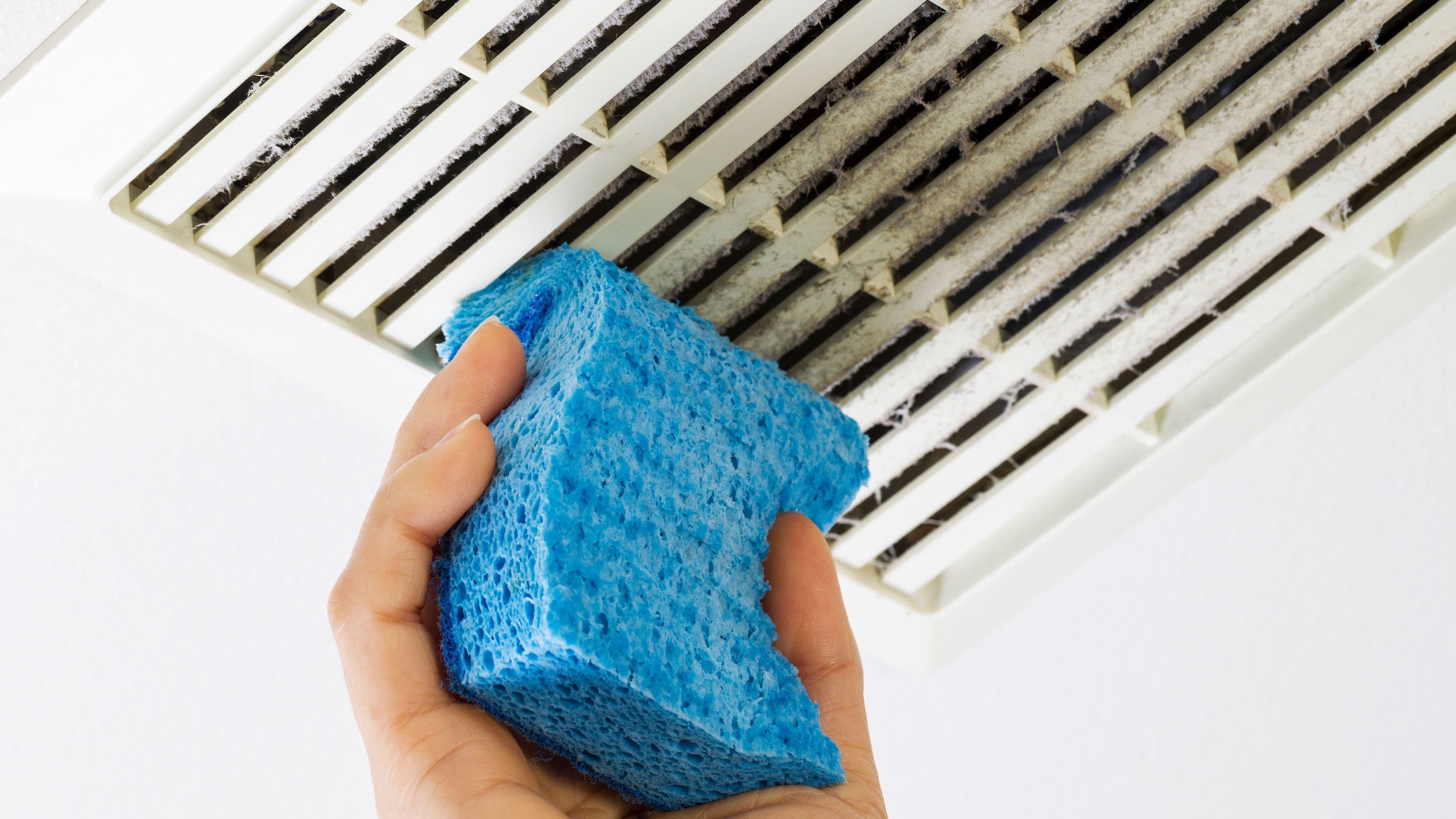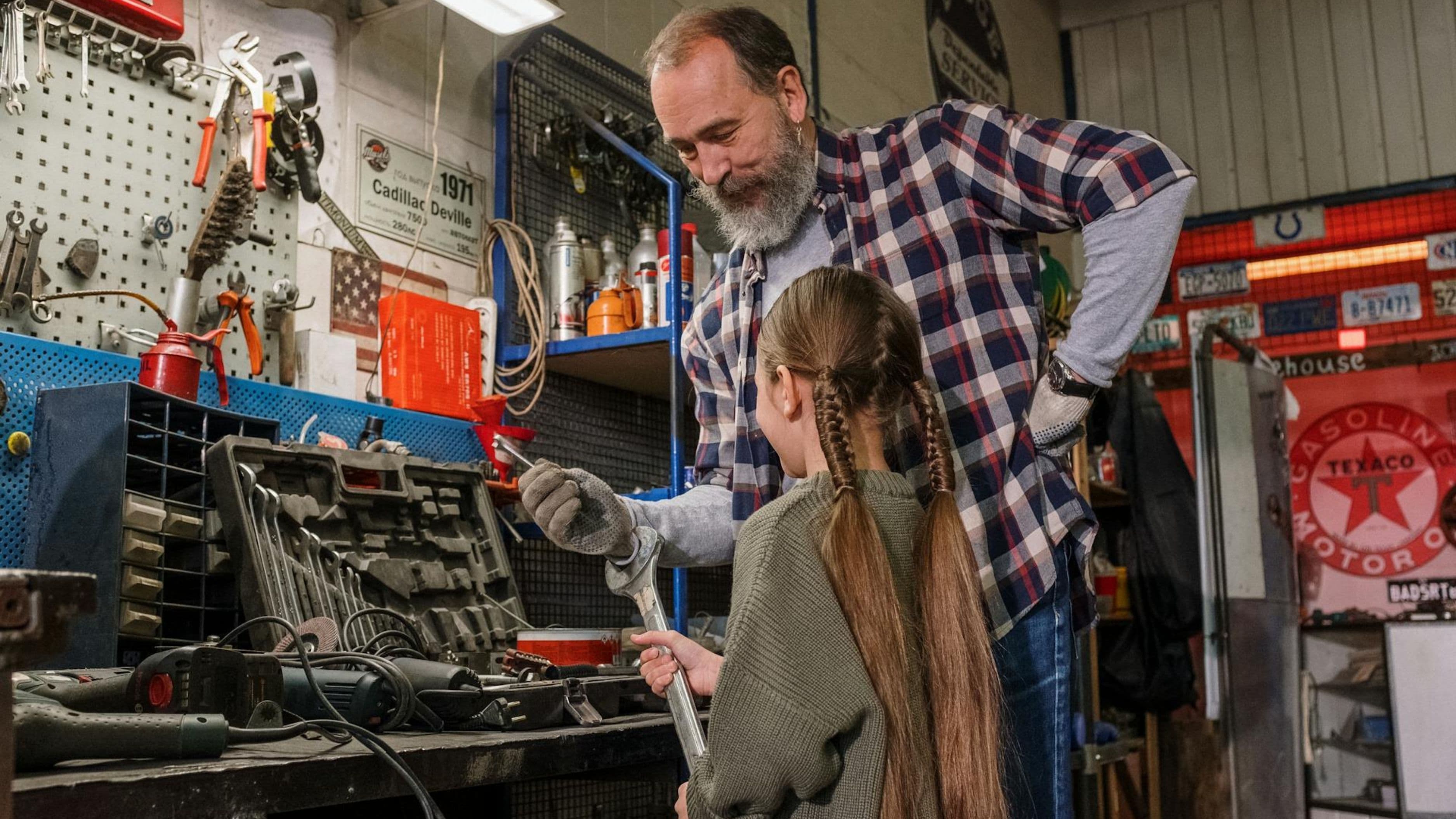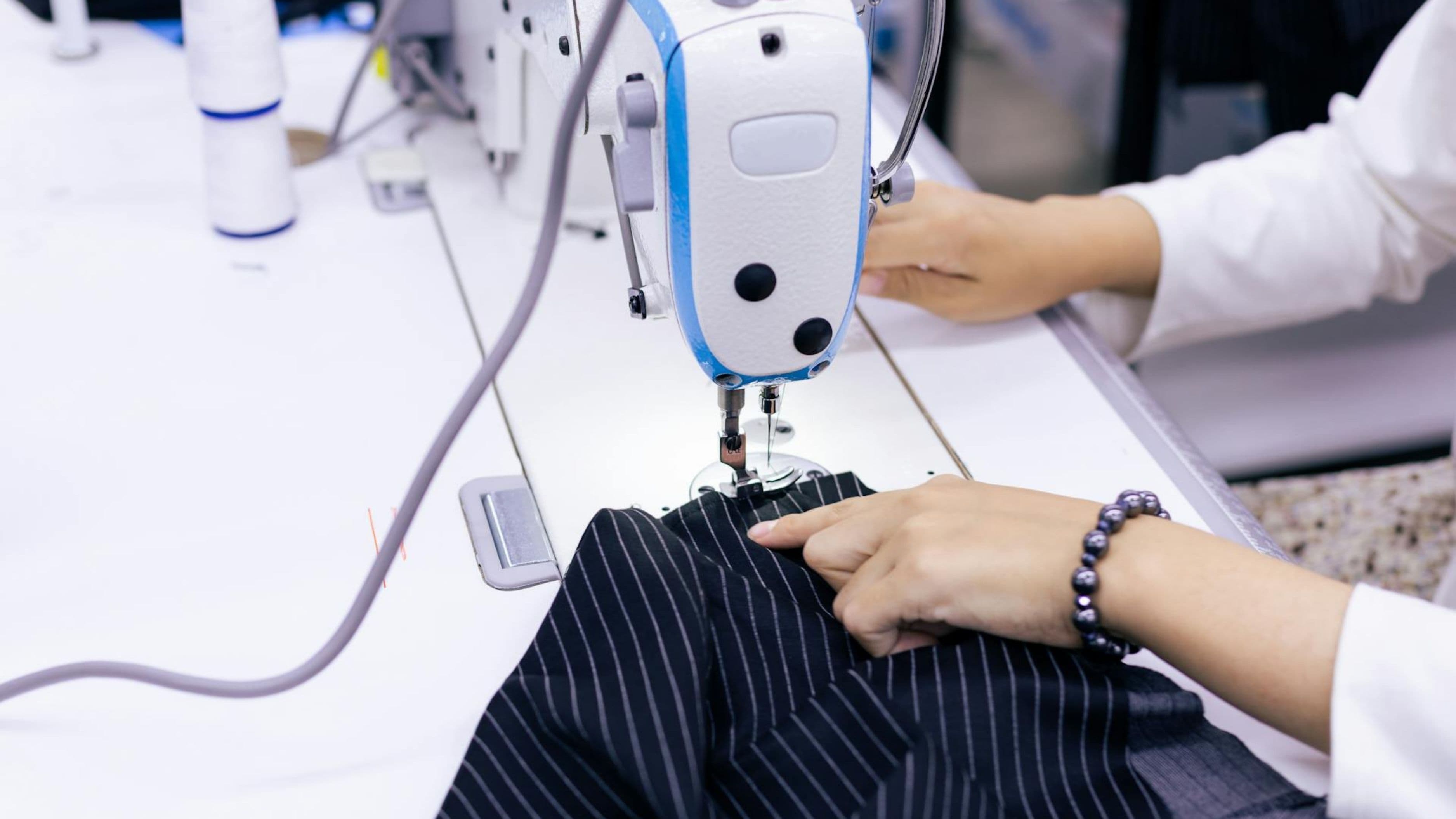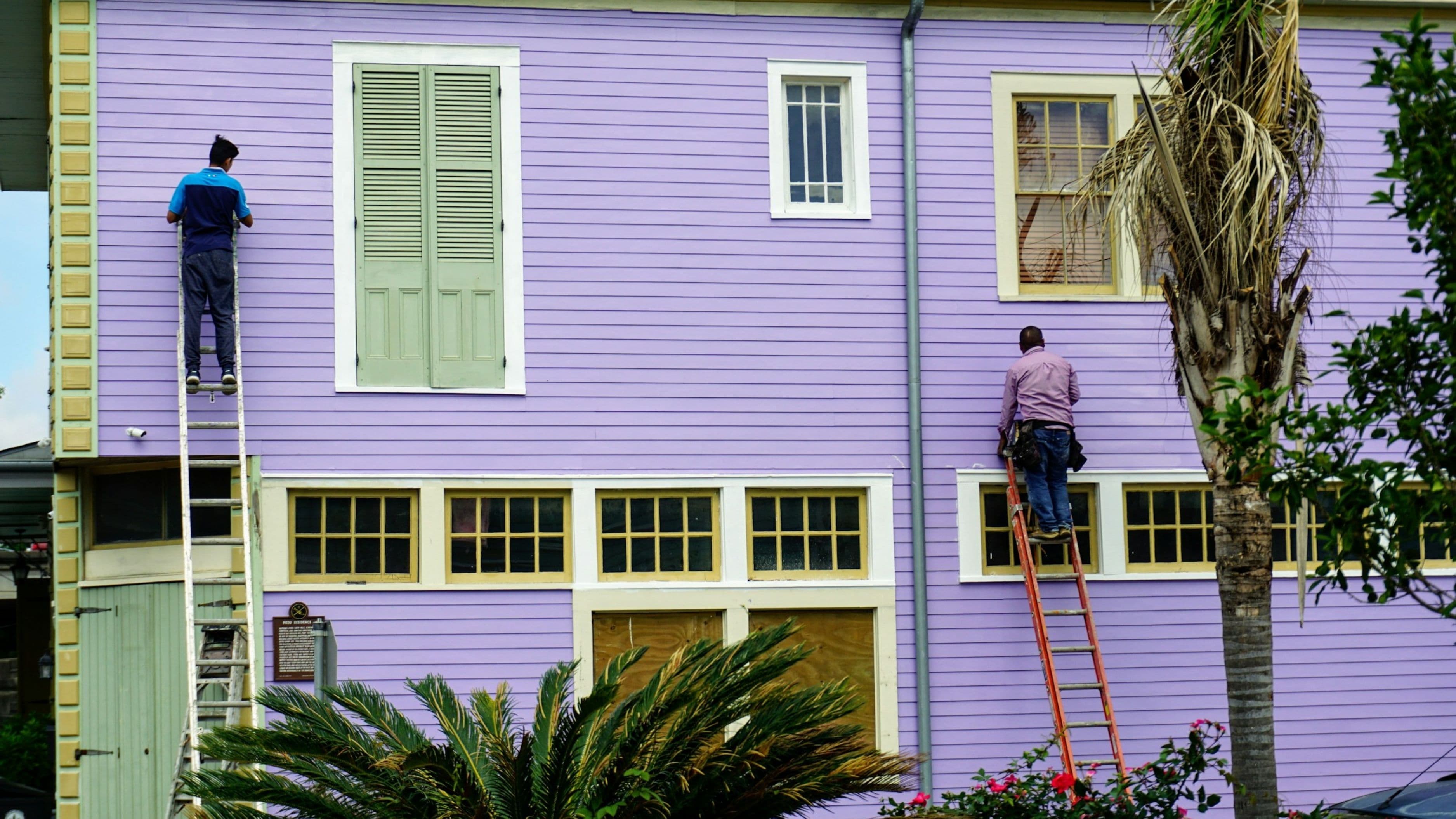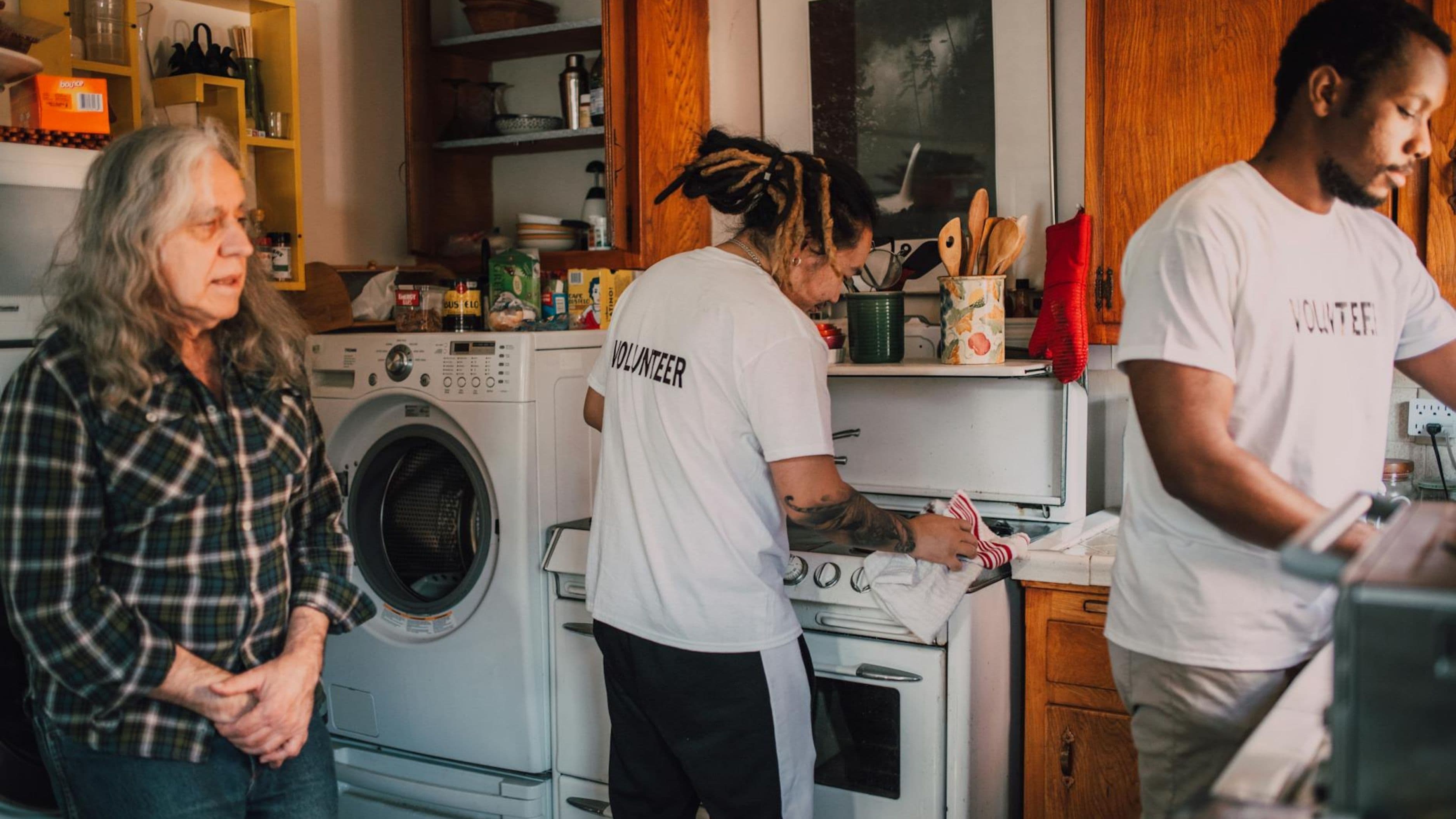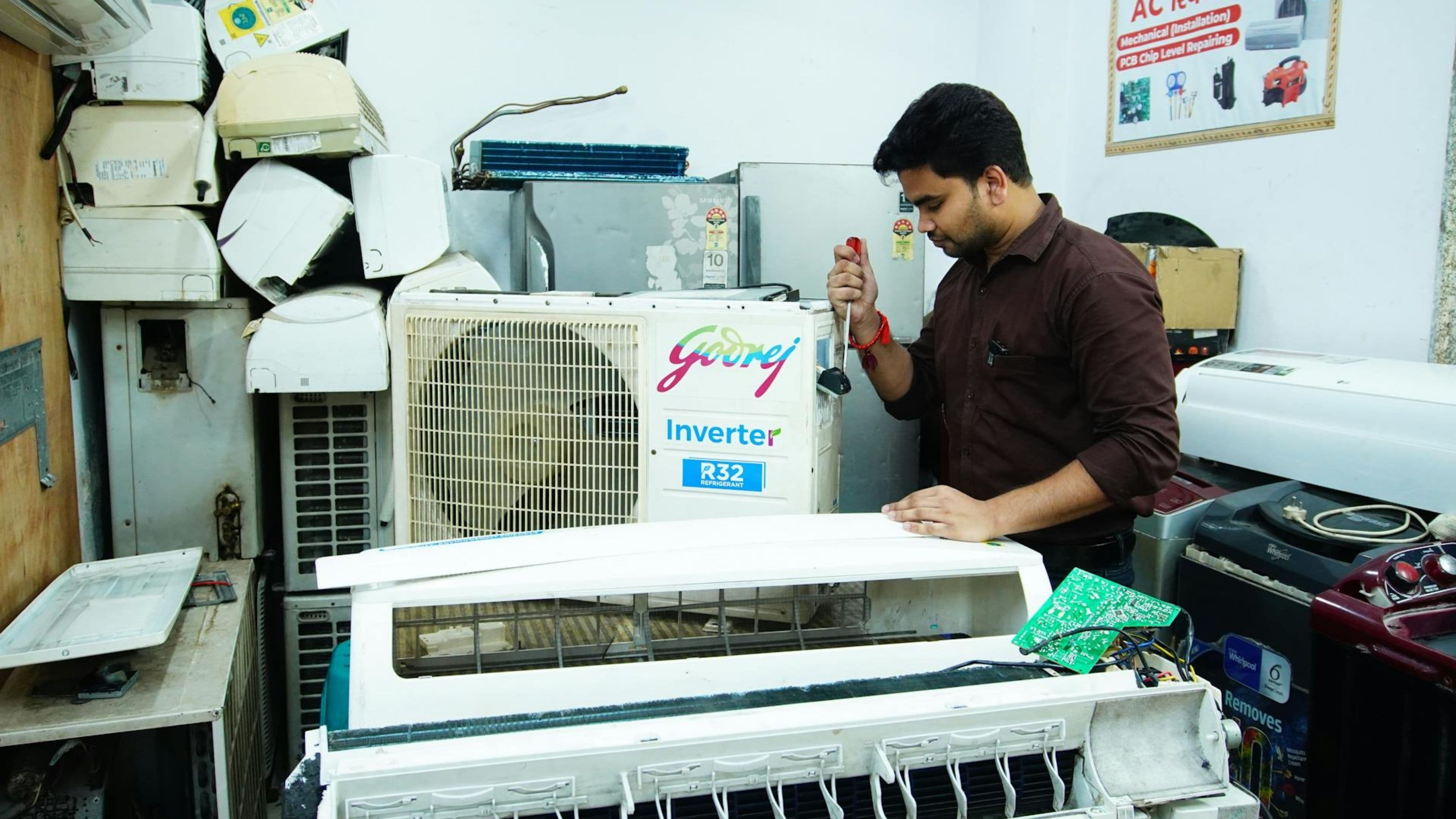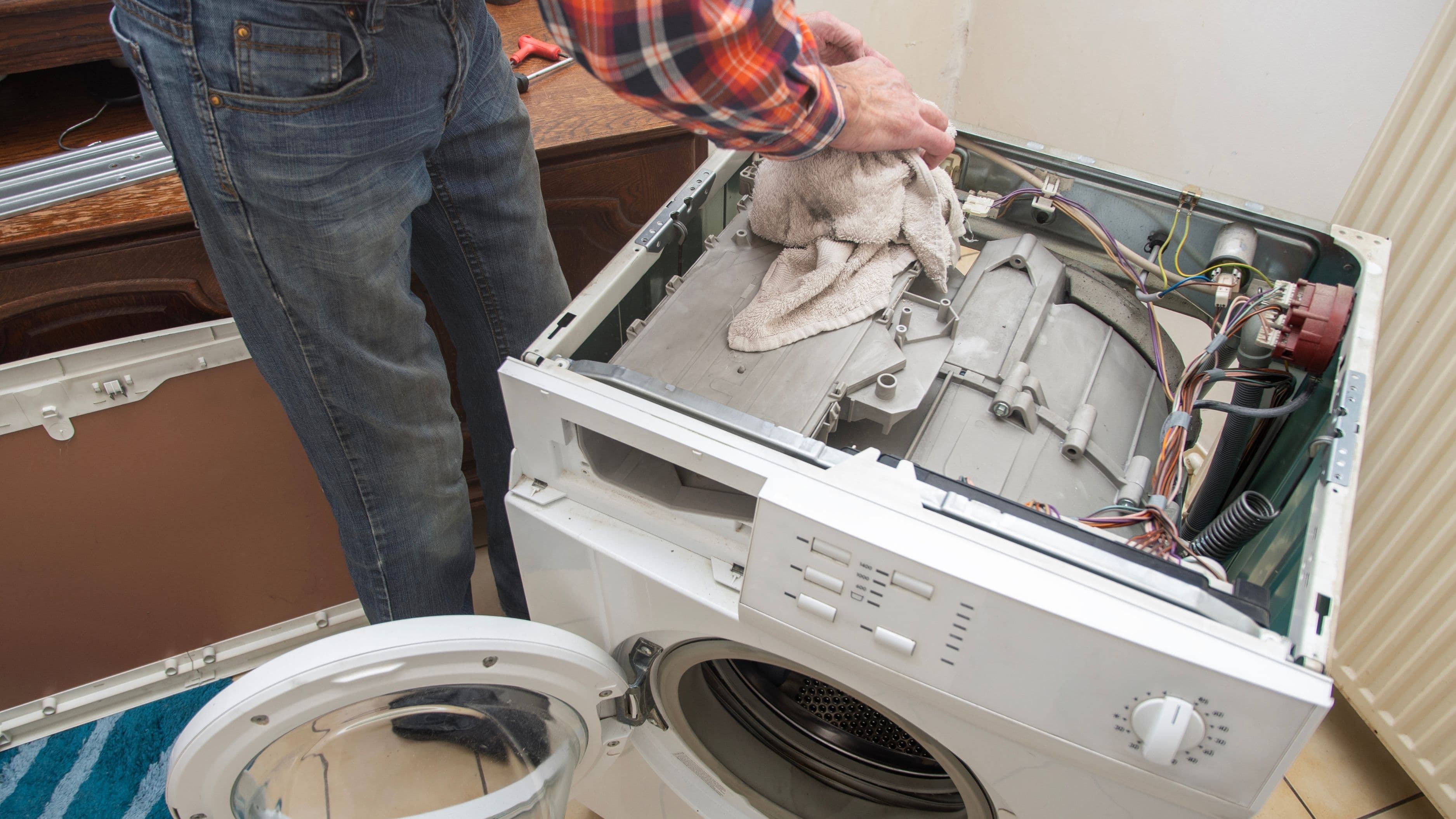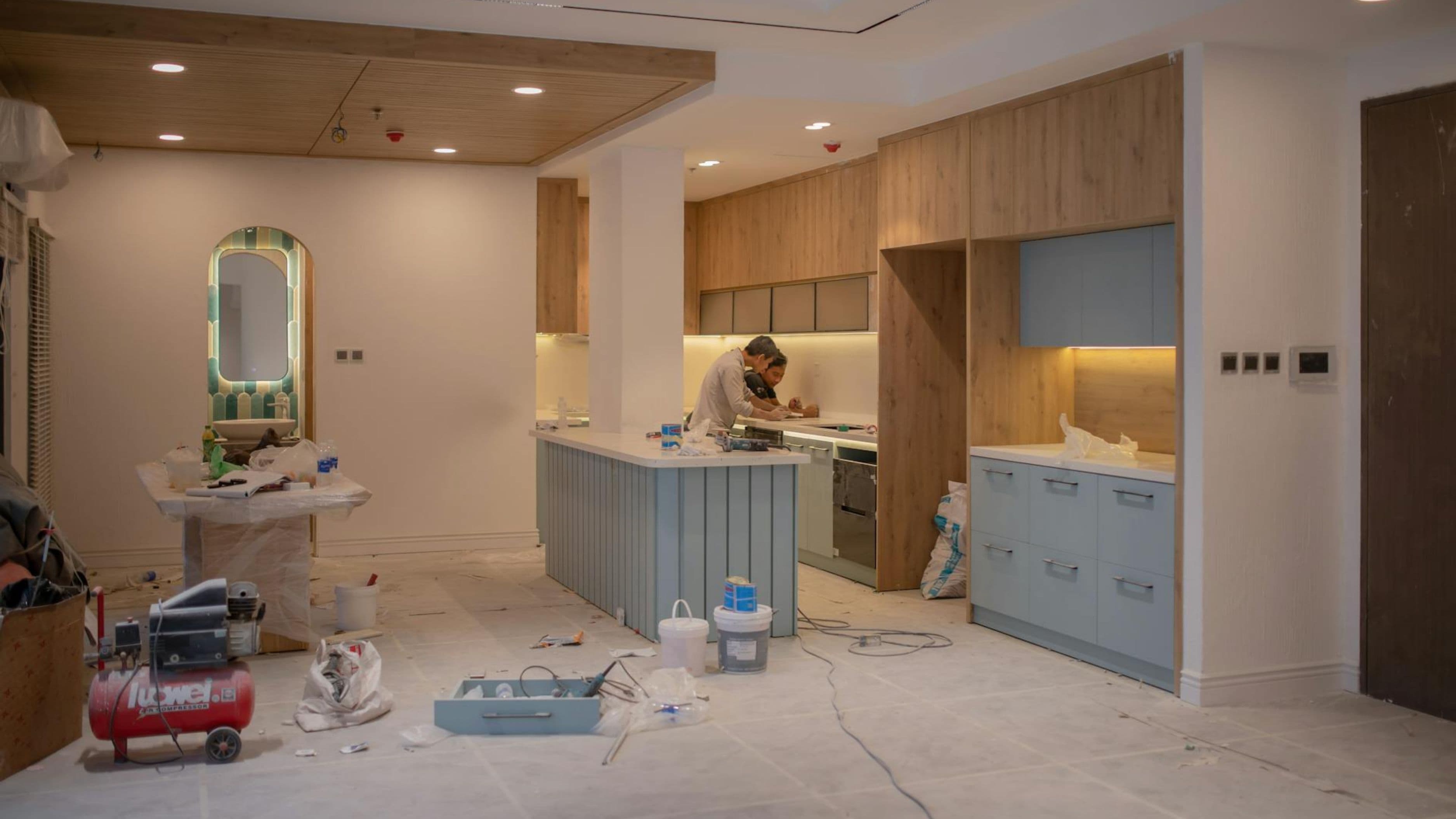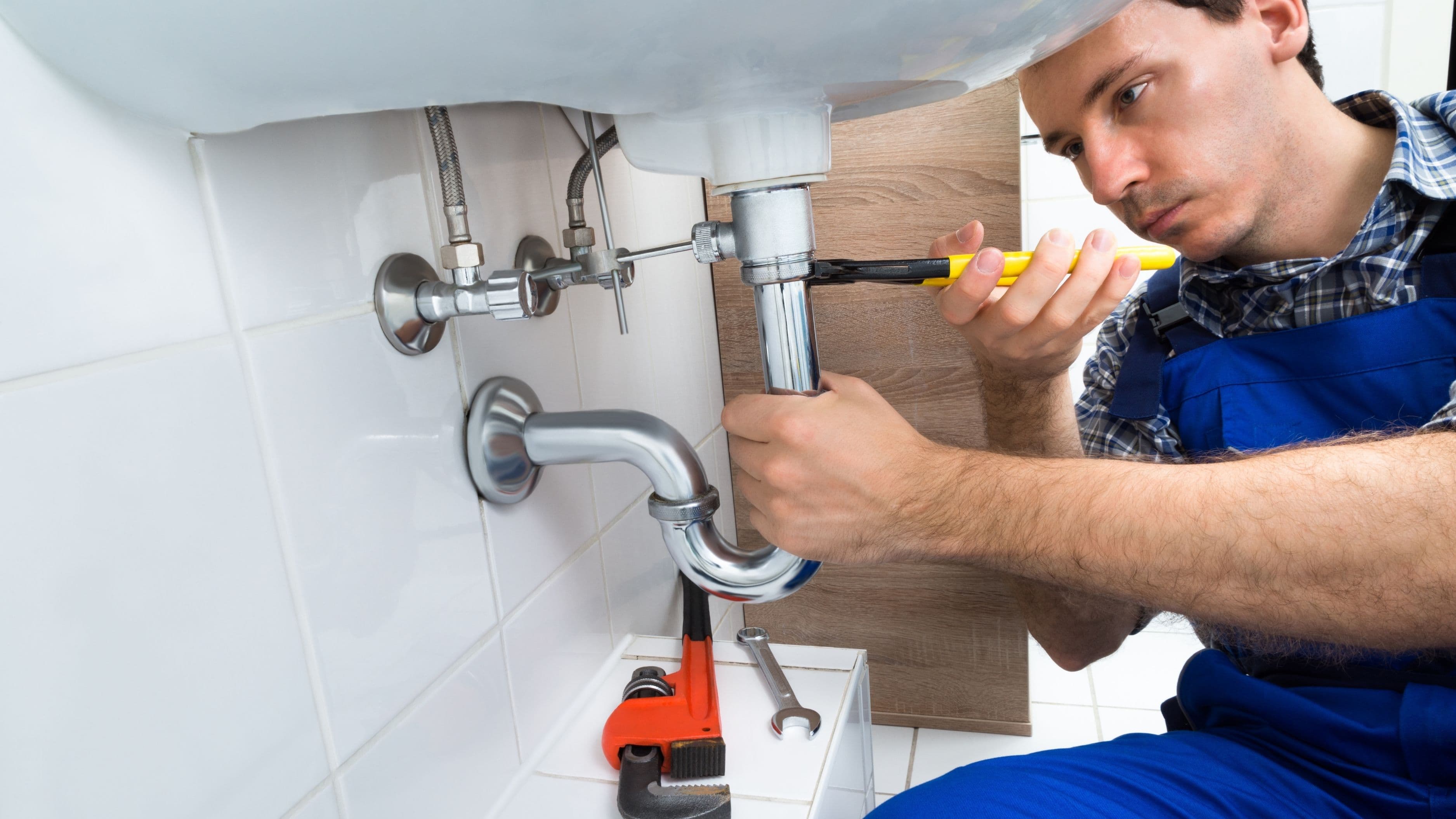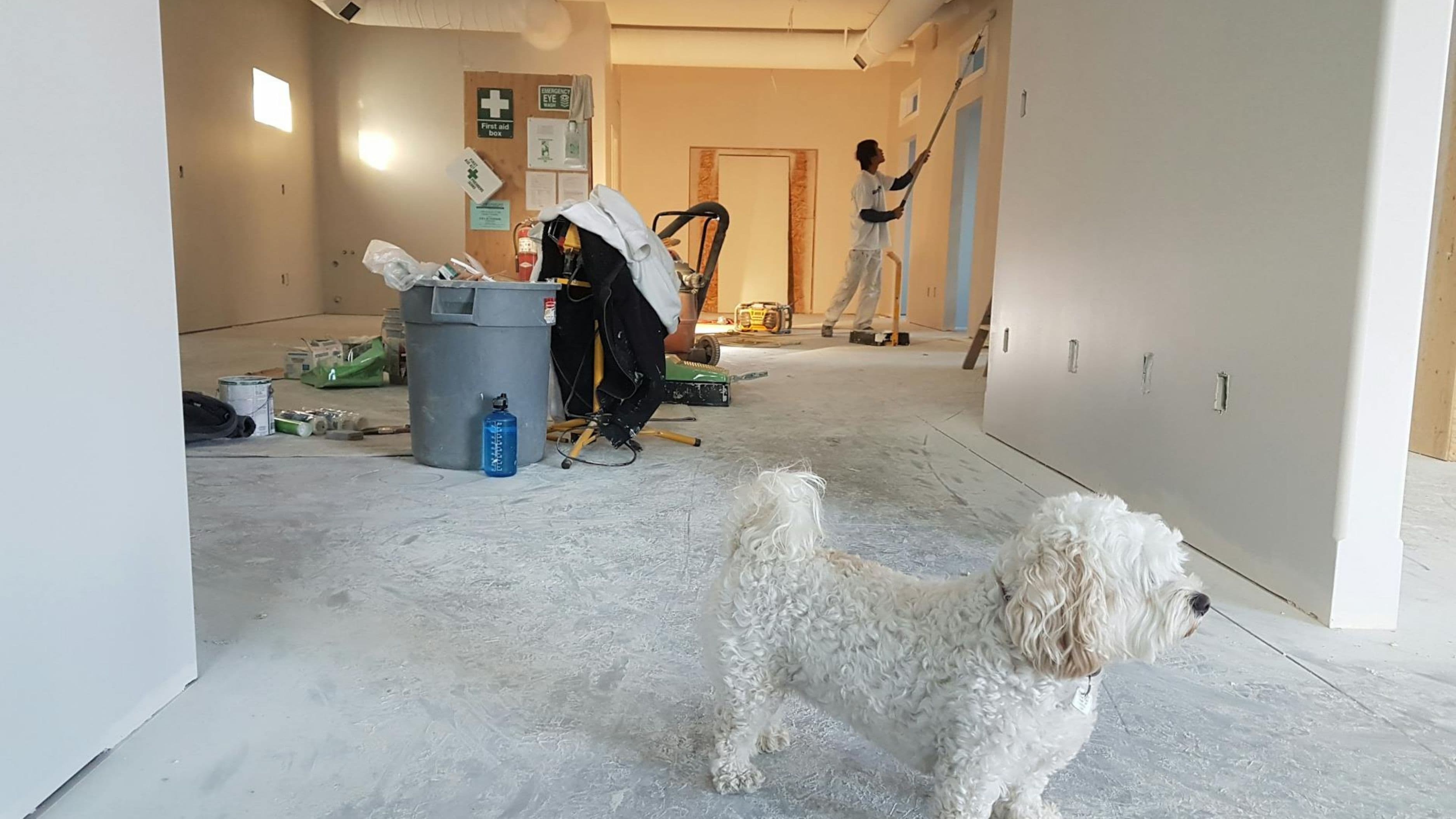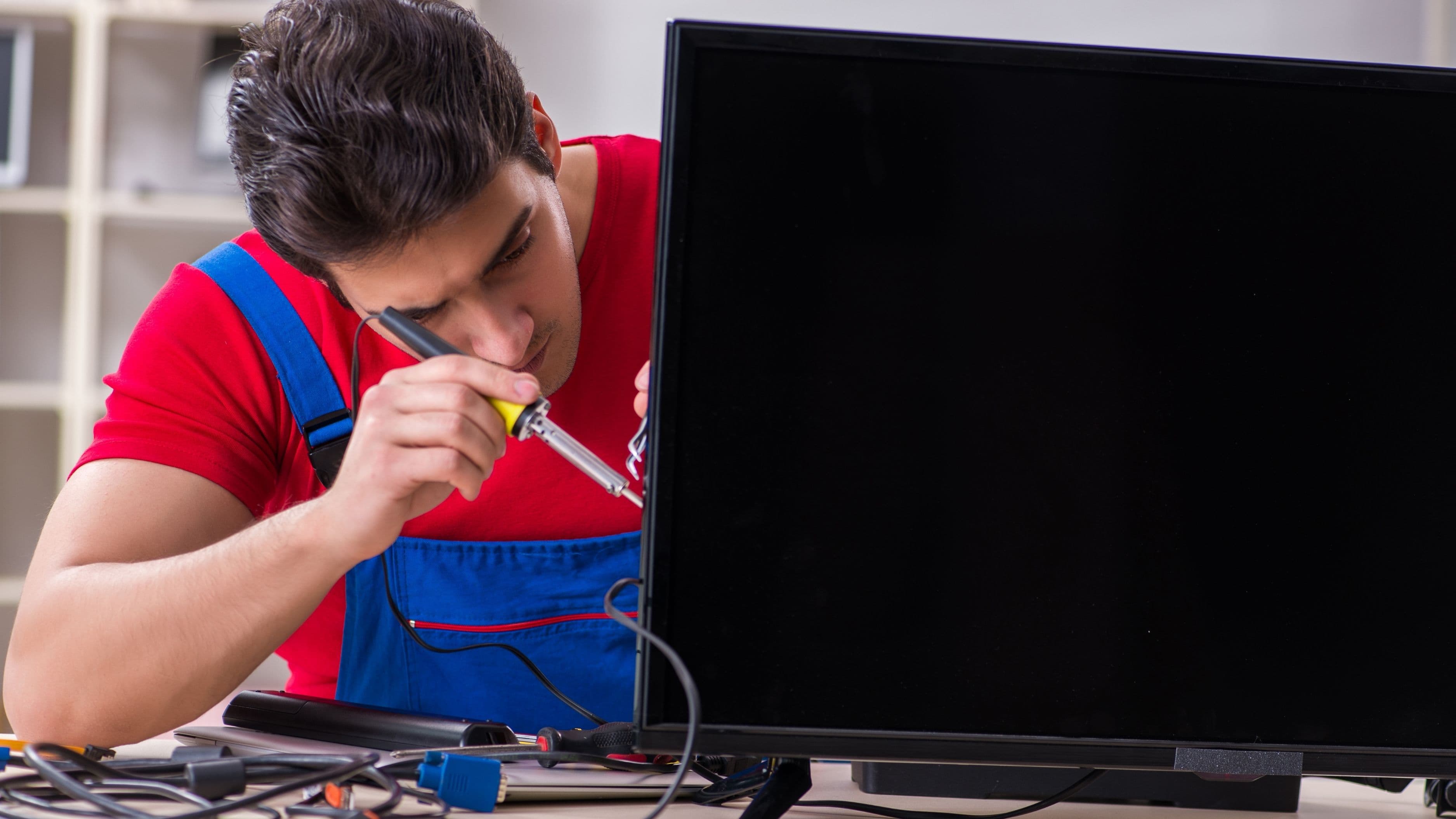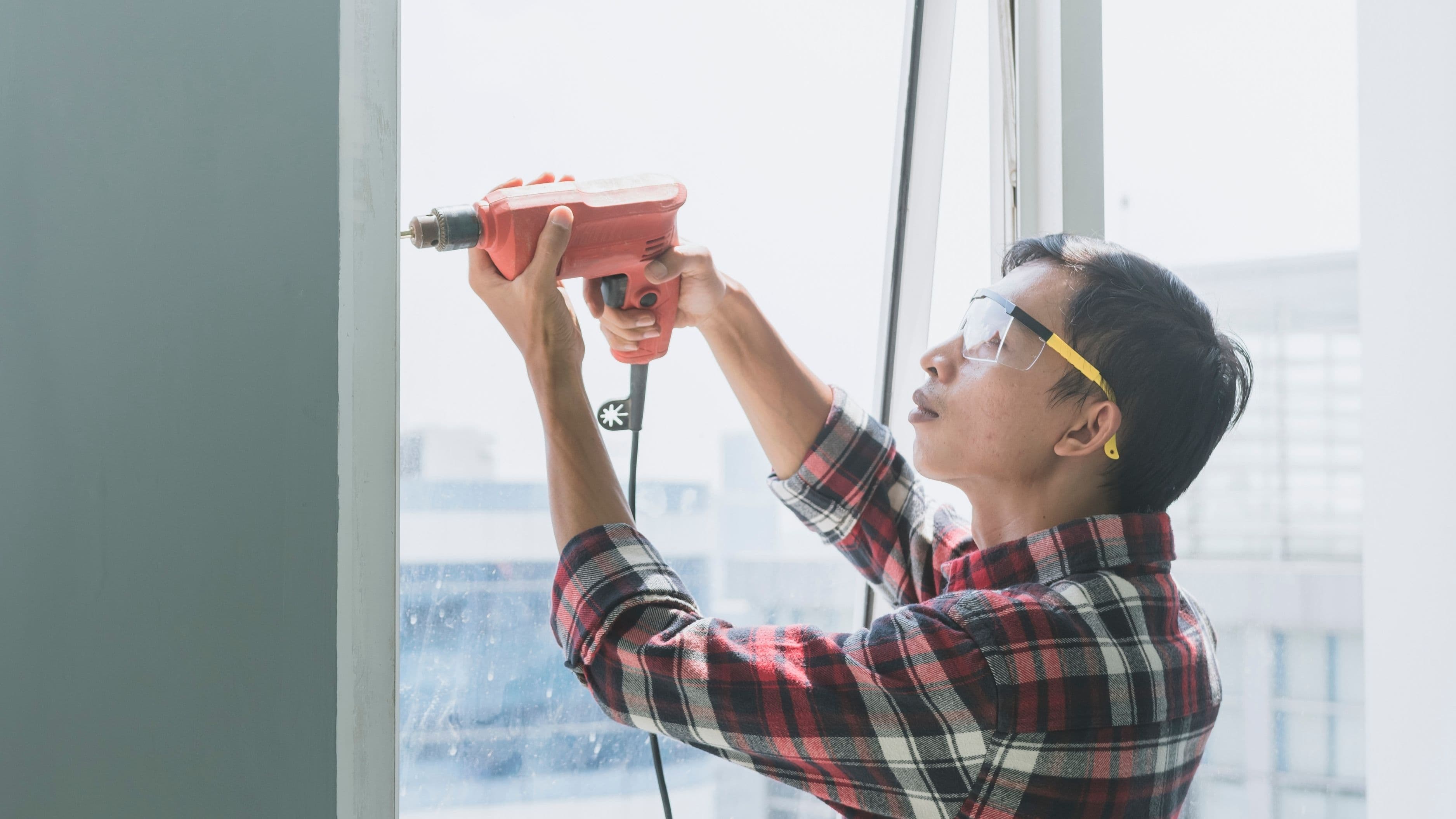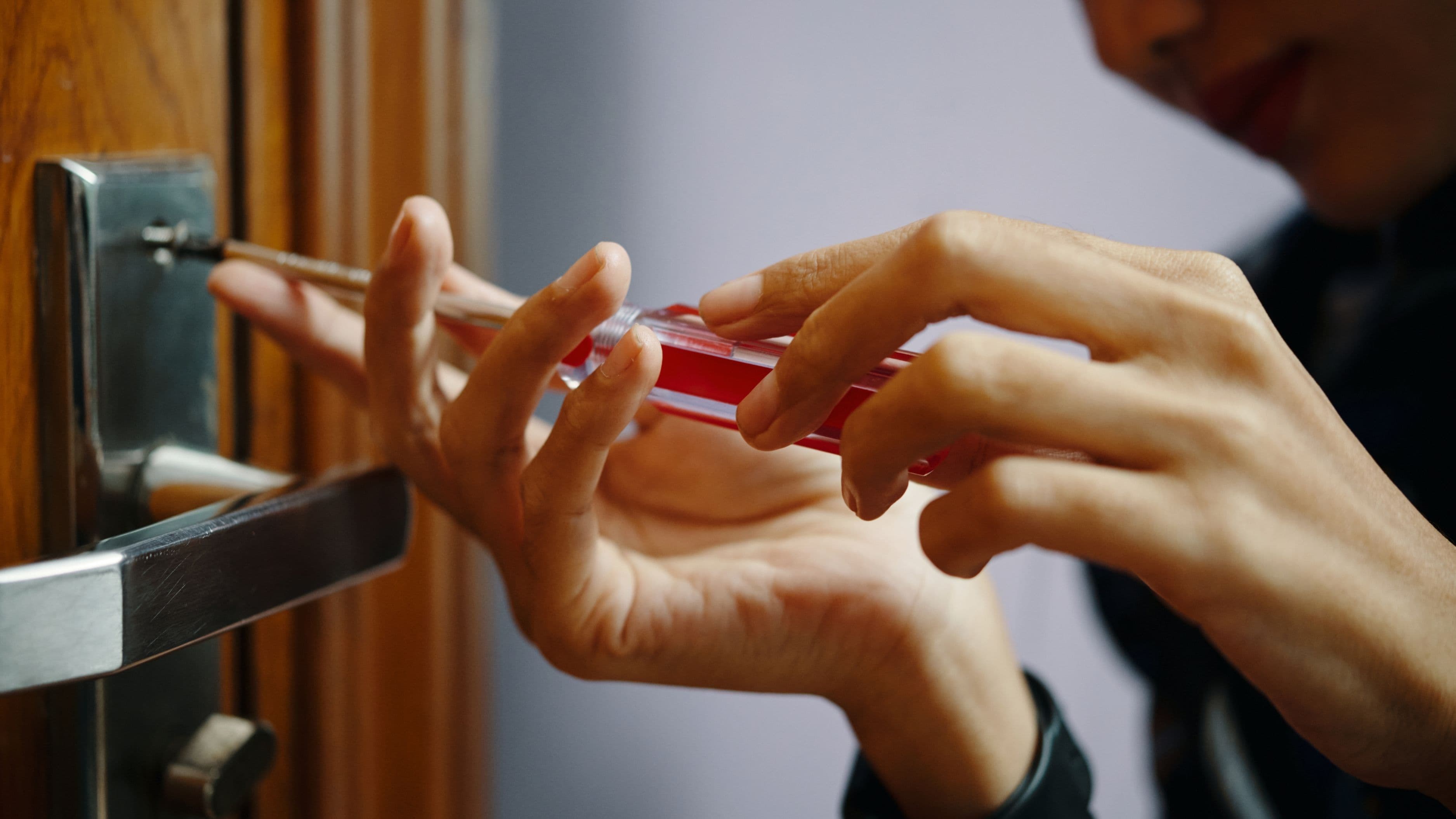In our throwaway culture, we've lost something valuable. Studies from the Environmental Protection Agency show that Americans generate over 12 million tons of furniture and furnishings waste annually, much of it from items that could be easily repaired. Teaching families to tackle basic repairs together doesn't just rescue household budgets—it transforms how kids see problems, turning intimidation into opportunity and helplessness into hands-on problem-solving.
1. A Leaky Faucet Is Your Family's First Victory
Water dripping steadily into the sink isn't just annoying—it's the perfect beginner project that builds confidence without overwhelming anyone. The beauty of fixing a leaky faucet lies in its simplicity: usually, you're just replacing a small rubber washer that costs less than a dollar. Gather your crew around the sink, shut off the water supply valve underneath, and let each family member have a role. One person can hold the flashlight, another can remove the faucet handle with a screwdriver, while someone else fishes out the old washer.
The tactile experience of taking something apart and putting it back together demystifies the scary world of home repair. Kids learn that most household fixtures aren't magic boxes—they're assemblies of understandable parts. When that drip finally stops, you've just saved approximately 3,000 gallons of water per year, according to the EPA, and taught your family that they have the power to fix things rather than wait for someone else to do it.
2. Patching Drywall Teaches Patience and Precision
That hole in the hallway wall from the doorknob, or the dent from when someone got a little too enthusiastic moving furniture—these battle scars of daily life become collaborative art projects. Drywall repair requires slowing down, measuring twice, and accepting that perfection takes practice. Start by cutting away any loose material around the hole, then let younger kids apply the spackling compound while older family members hold the patch in place.
The magic happens during the sanding phase, where everyone learns that smooth results come from gentle, circular motions and patience. You'll apply several thin coats rather than one thick glob, teaching the valuable life lesson that quality takes time. By the time you're painting over your repair, you've transformed an eyesore into evidence of what your family can accomplish together, and you've built skills that transfer beautifully to everything from model-building to cooking.
3. Unclogging Drains Reveals Hidden Science Lessons
Before you reach for harsh chemicals that damage pipes and harm the environment, turn a clogged drain into a chemistry demonstration that actually works. The classic baking soda and vinegar volcano isn't just for science fairs—it's a legitimate drain-cleaning method that lets kids witness an acid-base reaction solving a real problem. Pour half a cup of baking soda down the drain, follow with a cup of vinegar, and watch the bubbling action break down the gunk while you explain what's happening at a molecular level.
If the clog persists, introduce your family to the humble drain snake—a tool that's both satisfying and slightly gross in the best way possible. Taking turns cranking the snake through the pipes and pulling out the accumulated hair and soap scum (yes, it's disgusting, but that's part of the bonding experience) shows kids that problems often have straightforward, mechanical solutions. You're not just clearing a drain; you're building the mental framework that obstacles can be physically removed rather than simply endured.
4. Replacing Light Switches Sparks Electrical Confidence
The first time you flip off a circuit breaker and show your family that electricity can be controlled safely, you're handing them keys to a kingdom they thought was off-limits. Replacing a light switch seems daunting until you realize it's just matching three wires—usually black to black, white to white, and green to the grounding screw. With the power definitively off (test it with a voltage tester, a tool that becomes everyone's favorite gadget), even younger children can help unscrew the old switch and examine how it works.
This repair dissolves the mystique around electrical work and establishes crucial safety habits. Your family learns to respect electricity without fearing it, understanding that with proper precautions, they can control their home's power rather than being controlled by it. The twenty-dollar savings is nice, but the real payoff comes when your teenager confidently installs a dimmer switch in their bedroom without needing to call you for help.
5. Squeaky Door Hinges Become Sound Engineering Projects
Every old house has that one door that announces someone's arrival with a horror-movie creak, and fixing it takes all of three minutes—perfect for teaching the principle of lubrication and mechanical movement. Remove the hinge pin by tapping a screwdriver under it and gently hammering upward, then let family members take turns applying lubricant. You can use household oil, specialized lubricants, or even rub a pencil graphite along the pin for a quick fix.
The satisfying silence after you rehang the door rewards immediate action and teaches the importance of regular maintenance. Discuss why metal rubs against metal, why movement creates friction, and how a thin layer of lubricant changes everything. This simple repair becomes a gateway conversation about physics, preventive maintenance, and the satisfaction of stopping small problems before they become big ones.
6. Toilet Running? Make It Everyone's Business
A toilet that runs constantly is literally flushing money down the drain—up to 200 gallons of water daily, according to the EPA—but fixing it requires nothing more than removing the tank lid and investigating. The most common culprits are either a flapper that isn't sealing or a fill valve that won't shut off, both of which are visible, accessible, and replaceable without special tools. Gather everyone around (yes, it's weird at first, but get over it) and let them see how the flush mechanism actually works.
Kids are fascinated by the chain-and-lever system, the floating ball that triggers the fill valve, and the simple physics that make everything work together. Replacing a flapper takes five minutes and costs three dollars, but watching water levels rise and fall while understanding cause and effect—that's priceless education. Your family learns that complex-seeming problems often have simple solutions hiding in plain sight, and that diagnostic thinking matters more than brute force.
7. Window Screen Repair Weaves Problem-Solving Skills
When the family cat finally succeeded in creating a gap in the window screen, we discovered that repair is more art than science—and perfect for teaching perseverance. Screen repair kits cost less than ten dollars and include replacement screening, spline (that rubber cord that holds the screen in place), and a rolling tool. The process of removing old spline, cutting new screening to size, and rolling the new spline into the groove requires coordination that's ideal for parent-child teamwork.
Someone needs to hold the screening taut while another person rolls the spline, teaching physical cooperation and communication. The screening never goes in perfectly on the first try, and that's exactly the point—you'll adjust, reposition, and try again until it looks right. By the end, you've created a barrier against bugs, sure, but more importantly, you've demonstrated that trial and error isn't failure—it's the process.
8. Furniture Wobbles Build Engineering Minds
That wobbly chair that everyone avoids during dinner becomes a geometry lesson in disguise when you decide to fix it together. Most furniture wobbles because one leg is slightly shorter than the others or because joints have loosened over time. Grab wood glue, clamps, and maybe some small wooden shims, then get your family down on the floor to investigate. Measure each leg, test for loose joints, and develop a hypothesis about what's causing the problem.
The repair might involve regluing joints, shimming a short leg, or tightening screws that have worked themselves loose. Each solution teaches different skills: precision measuring, understanding load distribution, and recognizing that level surfaces matter for both comfort and physics. When everyone can sit at dinner without the table rocking, you've collectively solved a problem that requires spatial reasoning and hands-on adjustment—skills that apply to everything from building block towers to organizing a workspace efficiently.
Conclusion: Building More Than Repairs
Six months after that first faucet fix, our family toolbox has seen more action than it did in the previous five years combined. Emma now spots fixable problems before I do, and she's taught her younger brother to hold the flashlight "the right way"—steady and aimed where it's actually needed. These repairs have saved us roughly $800 in handyman calls, but the real value shows up in less quantifiable ways: in the confidence with which my kids approach problems, in our shared language of troubleshooting, and in their growing belief that they can figure things out.
Learning repairs together transforms families from consumers of services into creators of solutions. You're not just fixing drains and patching walls—you're building a mindset that sees broken things as opportunities rather than catastrophes, that values resourcefulness over convenience, and that understands that working together beats working alone every single time. The next time something breaks in your house, resist the urge to handle it solo. Grab your family, grab some tools, and discover that the best repair you'll make together isn't to your house—it's to how you see yourselves.
📚 Sources
1. United States Environmental Protection Agency. (2023). "Sustainable Management of Food: Food Waste Facts." EPA Sustainable Materials Management.
2. United States Environmental Protection Agency. (2024). "WaterSense: Fix a Leak Week." EPA Water Conservation Programs.
🔍 Explore Related Topics



